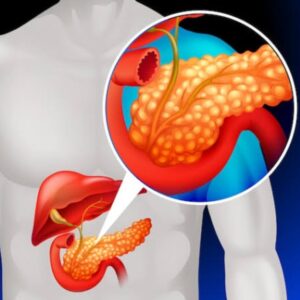Hemoglobin is a crucial protein found in red blood cells (erythrocytes) that is responsible for transporting oxygen from the lungs to various tissues and organs throughout the body and carrying carbon dioxide back to the lungs for exhalation. It plays a vital role in the oxygenation of tissues and the regulation of pH in the blood.
Here’s a description of hemoglobin and its functions:
- Structure: Hemoglobin is composed of four protein subunits, each containing an iron-containing molecule called heme. Each heme group can bind to one molecule of oxygen. In humans, the most common form of hemoglobin is adult hemoglobin, which consists of two alpha globin chains and two beta globin chains.
- Oxygen Transport: Hemoglobin’s primary function is to bind to oxygen molecules in the lungs, where oxygen levels are high, and then release them in tissues where oxygen levels are lower. This process is essential for cellular respiration, where oxygen is used to produce energy (ATP).
- Carbon Dioxide Transport: In addition to carrying oxygen, hemoglobin also aids in the transport of carbon dioxide. It binds to carbon dioxide in tissues and carries it back to the lungs, where it is released and exhaled.
- pH Regulation: Hemoglobin helps maintain the pH balance (acidity or alkalinity) of the blood by acting as a buffer. It can bind to hydrogen ions (protons) released by other chemical reactions, helping to prevent drastic changes in blood pH.
- Hematopoiesis: Hemoglobin is synthesized in the bone marrow as part of the process of red blood cell production (erythropoiesis). The production of hemoglobin is tightly regulated to ensure an adequate supply of oxygen-carrying red blood cells in the bloodstream.
- Clinical Significance: Hemoglobin levels are routinely measured in blood tests and are an important indicator of overall health. Abnormalities in hemoglobin levels can indicate various medical conditions, such as anemia (low hemoglobin), polycythemia (high hemoglobin), or certain diseases affecting red blood cell production or function.
Maintaining appropriate hemoglobin levels is crucial for overall health and proper oxygenation of tissues. Any significant deviations from normal hemoglobin levels may require medical attention and further evaluation to determine the underlying cause and appropriate treatment.






Reviews
There are no reviews yet.